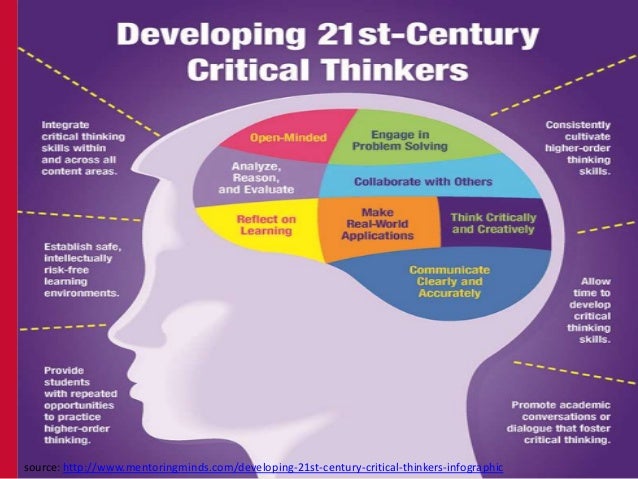One thing I am implementing into my classroom is the use of a Gemba board. I got the idea from Siemens. I learned that “gemba” is a Japanese word that is also used in the Toyota factory, but oddly enough no one could tell me what the word meant. Every morning at Siemens each department has a Gemba board meeting, where they meet to discuss issues they are having with their projects and their plan to resolve those issues. They also track data as to how their plans are working.
I really liked the idea of these daily meetings and knew I wanted to apply this in my classroom. It didn’t take me long to figure out how. We always have issues and problems that arise and we have “family meetings” every day anyways. Really all I had to do was make a board, actually write down the issues we were having, write down our plan for resolving the issues, and track the data to see how well our plan was working.
It has been great! I love it and it has been extremely helpful in my classroom this year. It is a great way for students to take ownership over these issues and problem solve around them. It is also a quick and easy reminder when things start going south. I also love the data tracking aspect of it so we can see are we getting better, staying the same, or are things still getting worse. We have discussions around how we are trending and make adjustments to our “Next Steps”, as necessary. It definitely helps to keep students accountable.
The Gemba board has been gold and I plan on using it for years to come!
